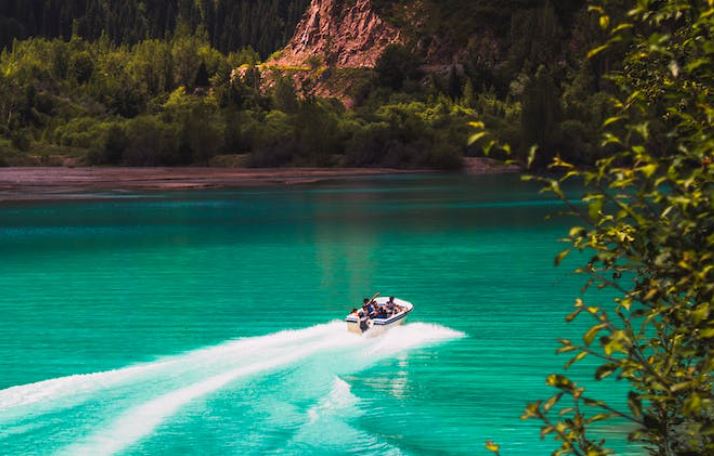
Energy Smart Living: 7 Tips to Reduce Energy Consumption
Introduction
In today's fast-paced world, where environmental concerns are more pressing than ever, reducing energy consumption has become a vital practice. Energy conservation not only benefits the planet by reducing greenhouse gas emissions and reliance on fossil fuels but also helps individuals save money in the long run. In this blog article, we will discuss seven effective tips to reduce energy consumption and create a more sustainable future.
1. Upgrade to Energy-Efficient Appliances
Replacing outdated appliances with energy-efficient models is a significant step toward reducing energy consumption. Look for appliances with the ENERGY STAR label, as they consume less electricity while maintaining the same performance standards. By making this switch, you can reduce your monthly electricity bills and be more environmentally friendly.
2. Harness Natural Lighting
Natural lighting not only improves our mood but also reduces the dependency on artificial lighting. Open curtains, blinds, or shades during the day to utilize natural sunlight and minimize the use of electric lights during daylight hours. Consider painting your walls in light colors to help reflect and enhance the natural light.
3. Optimize Heating and Cooling
Heating and cooling your home accounts for a significant portion of energy consumption. To reduce this, adjust your thermostat settings to more energy-efficient levels. In colder months, keep the temperature a bit lower and wear warm clothing or use blankets. In summer, use fans or install ceiling fans to circulate air, reducing the reliance on air conditioning.
4. Embrace Energy-Saving Lighting
Replace traditional incandescent bulbs with energy-efficient alternatives like compact fluorescent lamps (CFLs) or light-emitting diodes (LEDs). These bulbs not only consume less energy but also last longer, saving you money in the long term. Additionally, don't forget to turn off lights when they are not in use.
5. Unplug Electronics and Use Power Strips
Even when electronics are turned off, they often consume standby power if they remain plugged in. By unplugging devices such as televisions, chargers, and computers when not in use, you can eliminate this "phantom energy" consumption. Alternatively, using power strips with an on/off switch can make it easier to turn off multiple devices at once.
6. Insulate Your Home
Proper insulation reduces heat loss during winter and prevents heat gain during summer. Insulating your home properly ensures that the temperature remains stable and reduces the need for energy-consuming devices like heaters or air conditioners. Insulate your roof, walls, windows, and doors to create a more energy-efficient living space.
7. Conserve Water
The energy footprint is directly linked to water consumption. By adopting water-conservation practices, such as installing low-flow showerheads and faucets, fixing leaks promptly, and watering plants efficiently, you can help reduce the energy required for heating, treating, and supplying water.
Conclusion
Reducing energy consumption is a vital step towards a more sustainable future. By following these tips – upgrading to energy-efficient appliances, utilizing natural lighting, optimizing heating and cooling, using energy-saving lighting, unplugging electronics, insulating your home, and conserving water – you can significantly minimize your energy footprint. Remember, every small action counts, and together we can make a substantial impact in preserving our planet for future generations.
Samsara charter aluguel de lancha em ubatuba




